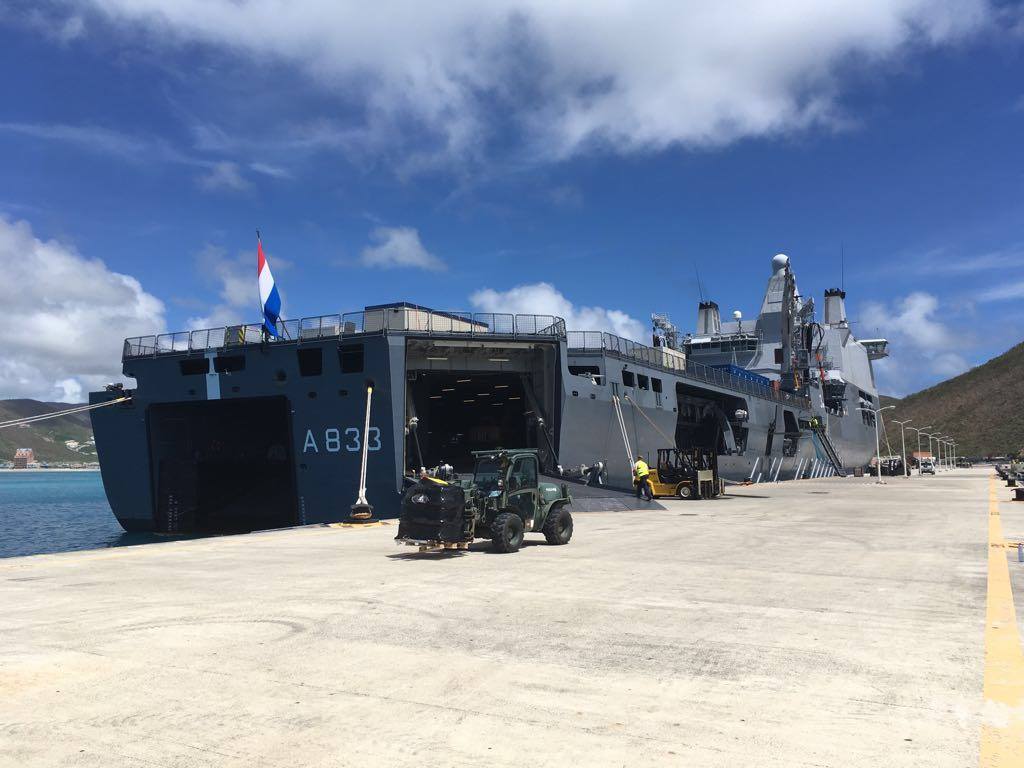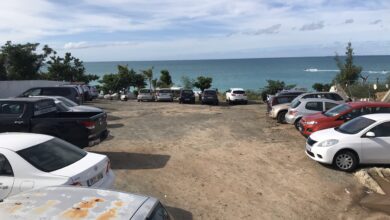What a long strange trip it’s been. In case you’re just now tuning in, let me catch you up. Hurricane Irma completely devastated Sint Maarten on September 6, 2017. The government of Sint Maarten may have had a disaster plan in place, but it apparently didn’t take a category 5 hurricane into consideration.
After delays lasting well over a week, the government finally got food and water to the most needy on the island. They’ll blame Hurricane Jose, but don’t let that fool you. They simply weren’t prepared to handle the aftermath of such a massive storm.
More than two weeks after Irma hit — on September 23, 2017 — the government of Sint Maarten announced that they had formed a committee that would develop a draft of a National Recovery Plan by the beginning of October. That draft would then be debated by Parliament and shaped into the final version of a National Recovery Plan by the end of the year.
Are you starting to sense a pattern? I’ll admit, I was a little shocked by the snail’s pace of the government, so I offered my input on what the government could be doing to get the recovery moving. I called it An Analysis to Look at the Path to Recovery For Sint Maarten in the Post-Irma World. It took me a few hours to put it together, not two or three weeks, and I felt it offered a logical path forward for the island.
The beginning of October came and went but there was no sign of the draft version of the National Recovery Plan. Meanwhile, as we were all anxiously awaiting the Plan, the government of Sint Maarten — led by the dubious Prime Minister William Marlin — were dinking and dunking along. Accomplishing very little, including no formal request made to the Dutch government for aid.
Thankfully, the Dutch government kept pushing, with Dutch Prime Minister Ronald Plasterk noting the importance of finalizing a recovery plan as soon as possible, when he visited the island during the first week of October.
And so it was, that the Dutch government took things into their own hands. They told Parliament that they would have to accept the establishment of an Integrity Chamber — something that had been debated prior to the hurricane — and increased border controls if the island was to receive any Dutch assistance. The deadline for a decision was October 31, 2017.
The Dutch were pulling out all the stops and issuing an ultimatum after a sad series of events that made only one thing clear: the utter and complete incompetence — or onbekwaamheid, in Dutch — of the government of Sint Maarten, led by Prime Minister William Marlin.
And while an about-face would have been a reasonable expectation, Prime Minister Marlin did the exact opposite; he dug in and went public with his message. Meanwhile, the wait for the National Recovery Plan continued. And all that was really clear was that people on the island were continuing to suffer while politicians — who were elected to serve the people — got in the way.
Finally, on October 23, 2017, the government issued the much heralded draft of the National Recovery Plan. It was a 56-page document that went into a lot of detail, but most significantly noted that when all is said and done, the island will need well over $1 billion in aid — including projected annual budget deficits — to come from somewhere. And yes, the Prime Minister continued to insist that his government would not acquiesce to the demands of the Dutch.
Fortunately, there was at least one person within Parliament that stood up and said “enough is enough“. That person, Sarah Wescot-Williams, will likely be seen as a lone hero in all of this, and for good reason. She single-handedly took on her coalition in Parliament and told them, “If I can’t take a different position than most other persons, even in the coalition that I support, then I have no place in the coalition”.
On the heels of the stand taken in Parliament, yesterday Prime Minister Marlin backed down and announced that the government will agree to the Dutch conditions for relief funding. Whether it was in fact the staunch position taken by Wescot-Williams or not, certainly the appearance is that she played the leading role in getting the government to finally agree with the Dutch.
In the aftermath of what should have been a no-brainer type of decision, the previous coalition within Parliament has been dismantled and a new coalition was announced. The real question now becomes whether Prime Minister William Marlin will get sacked or not. I won’t pretend to know the answer to that question, or whether it’s even possible or not. I will, however, suggest that now would be a very good time for new leadership in a country in desperate need of it.
Please help rebuild SXM and give today. Click here to visit the SXM Strong donate page. Thank you!





